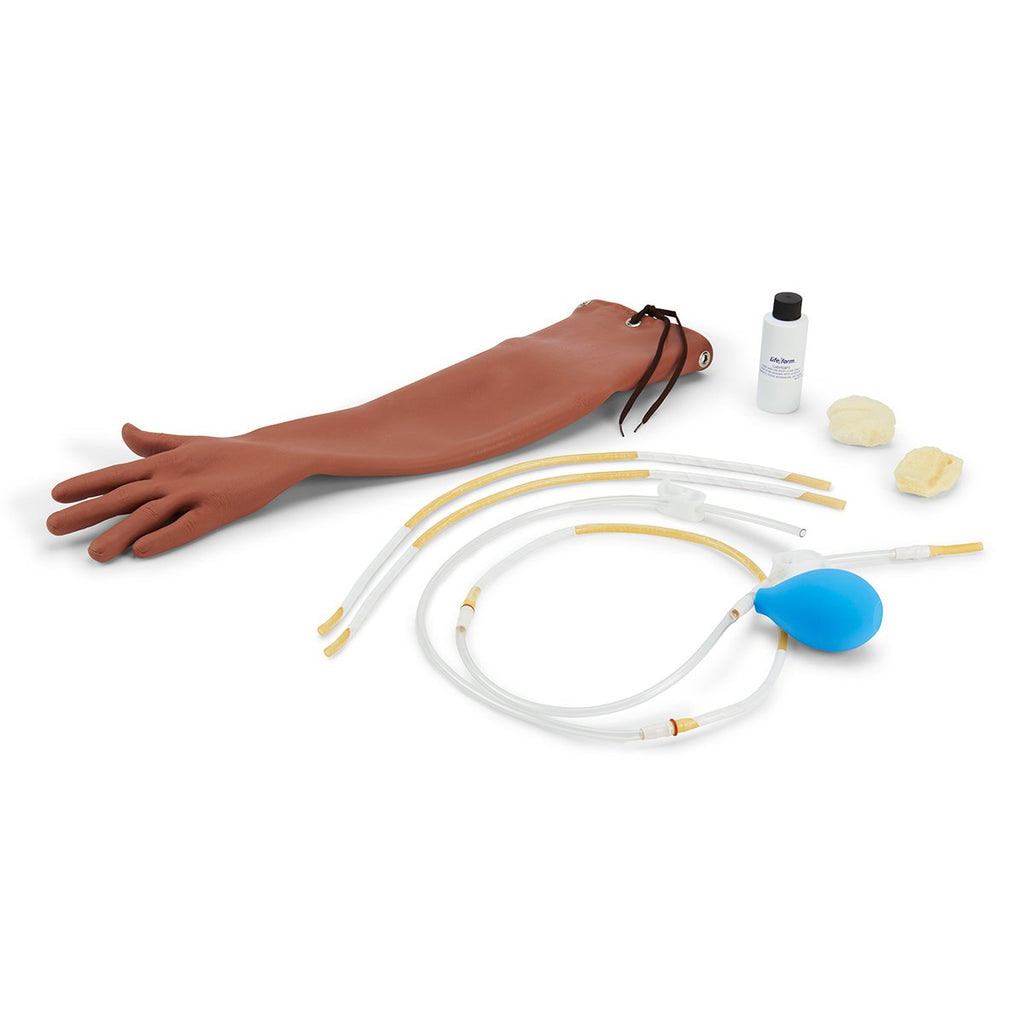

Our job in the research process could be troubleshooting new reasons to do more research such as finding out specifically when episiotomies might be indicated or when they are not necessary. The global population has benefited from this and will continue to do so as new research comes out. The past research was critical and further research is also needed to back up new findings and to find even more reasons why they should be done. If that research would not have been done, women would have continued to suffer from it. It was crucial that the research was actually done because this practice was just handed down from obstetrician to obstetrician without being scientifically tested. It also went through and discussed the old claims that the use of episiotomies made and how scientific research has now proven otherwise. My second article was found out of ebscohost and talked about why episiotomies were done and why they are not indicated like they used to be. So we need to make sure that the research we are implementing on our patients is proper and concrete. Doing research is a long and difficult process that can easily get mislead or misconstrued by bias or malicious intents. Research should also be done on the research that has already been done. Research has been a crucial part in bringing to light the possible harmful effects of episiotomies and it is imperative that further research is done to assure that the correct findings and results are not overlooked or left out. This topic has come into the lime light over the past decade as the trend in healthcare switches to patients being more involved and aware of the treatments they receive.

My first article was a web article that discussed the history of episiotomies and why they are no longer indicated on a routine basis. Improvement on Clinical Practice: What Will it take to Accelerate Progress?”. Shortell, Steven, Bennett, C., and Byck G., “Assessing the Impact of Continuous Quality “ Routine Is All.” The American Journal of Nursing.

“Second Stage Labor: Has Tradition Replaced Safety?”. Out of the seven or eight articles that I found maybe one or two of them will work. Most of the articles were from the sixties and seventies. My topic is so specific that it only had a couple of articles for me to look at and only one was newer than the 1980’s. Are we benefiting ourselves or the patient? The article was quite long and had a lot of information that I couldn’t really use. We have to look at who we are really benefiting. We need to weigh the benefits of a fast delivery to the use of an episiotomy. The third article talked about the benefits of improving quality of care but also the risks we take to do that. The article offered a lot of good information and would be a good source if arguing against the use of episiotomies. Women are built to have babies and we need to assist them in that process not use tools and medication to do it ourselves. And this is leading to more unneeded episiotomies, surgeries, and medicines being used during labor. It seems in the health care field that we get so stuck in our ways that we forget to question whether it is good for the patient or if research has backed it at all. My second article talked about whether tradition has replaced safety. The article had some good quotes in it and I think that it could be a useful resource. It really gave you a glimpse of how we have deteriorated when it comes to the care of birthing mothers. The article was very short but very insightful. We don’t just let the natural birth process happen. It’s like every little bit of pain or tiny complication is corrected by anesthesia, surgery, episiotomies, or forceps. My first article that was found talked about how we as healthcare providers have really forgotten about the physiology of birth.


 0 kommentar(er)
0 kommentar(er)
